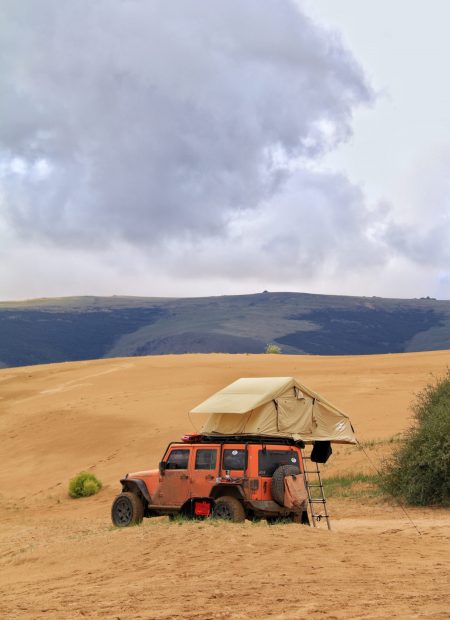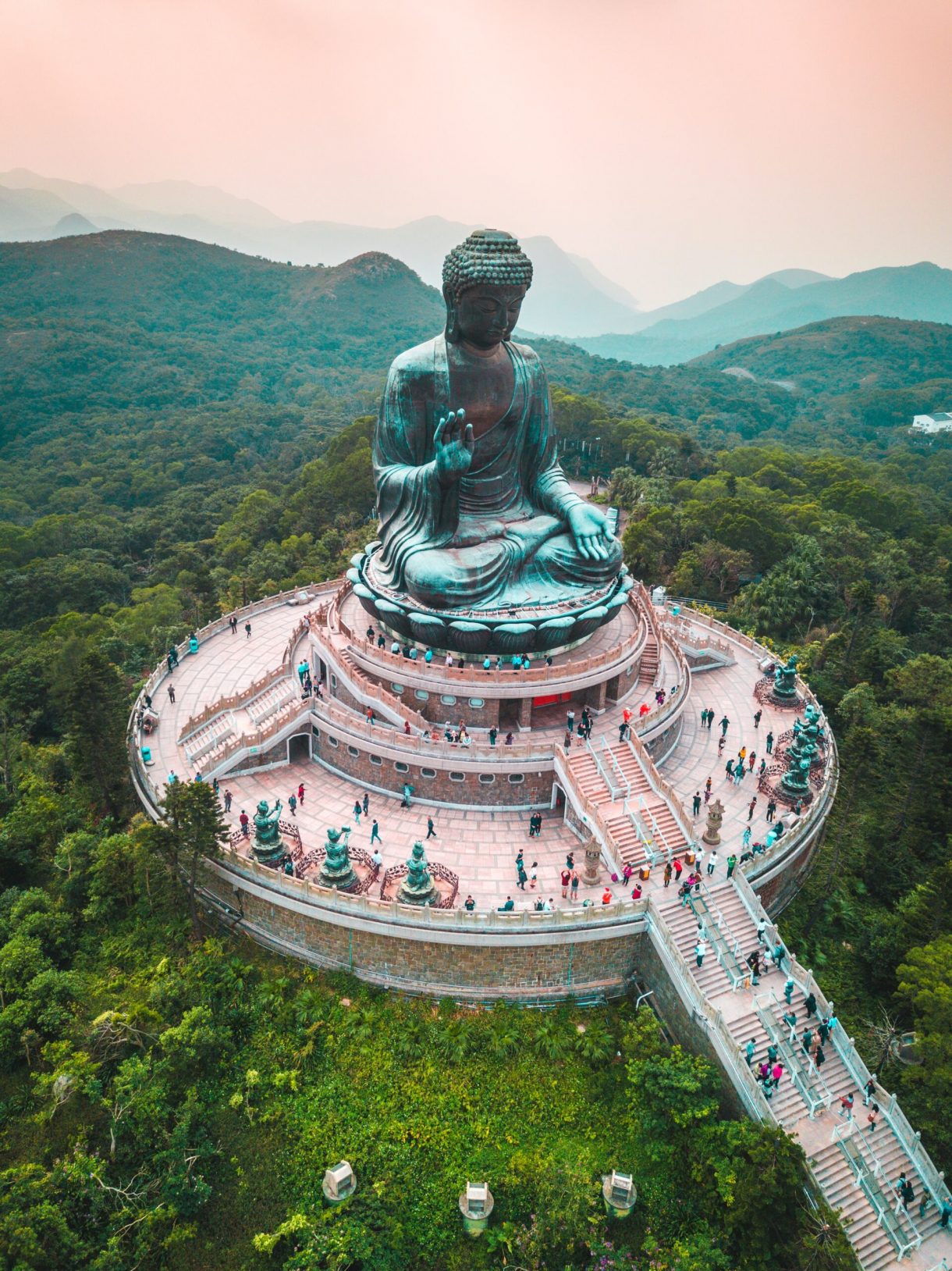
Why you should NOT visit the Big Buddha in Hong Kong
Hong Kong’s Tian Tan Buddha, known simply as the Big Buddha, stands proudly on Lantau Island as one of the main tourist attractions of the region. But although the Instagram posts of the Buddha make it a picturesque destination, it shouldn’t be too high on your list.
We’ve got an idea that’s ten thousand times better.
There is another temple complex in Hong Kong, Man Fat Sze, better known as the Ten Thousand Buddha Monastery. Located on a mountain in Sha Tin, the monastery’s buildings and beautiful gardens hold over 13’000 uniquely crafted Buddha statues
Are Ten Thousand Smaller Buddhas better than One Big one?
The Big Buddha has developed into the core of an immaculate tourist trap on Lantau Island.
Isolated from the city, the complex has everything that comes with an overly touristy site – long queues, noisy street vendors, and an artificially-built village with shops and street vendors (you can even find Subway and Starbucks). And of course, there are also many many other people jostling and elbowing for photo opportunities.
The peace and spirituality of the beautiful location has been almost eradicated. In fact, everything bar the monastery itself is designed to extract the maximum amount of cash from the visitors that flood through its gates each day.
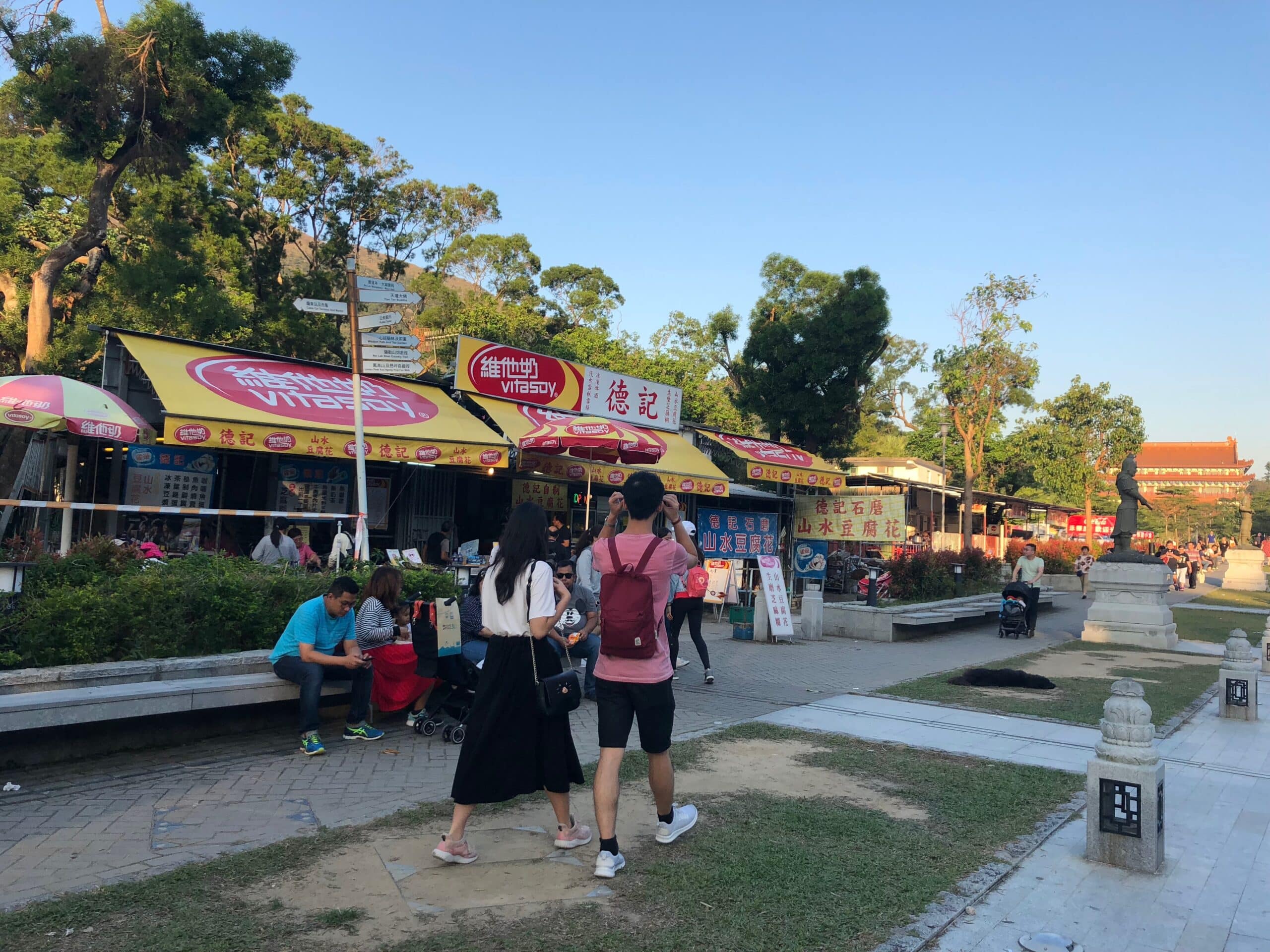
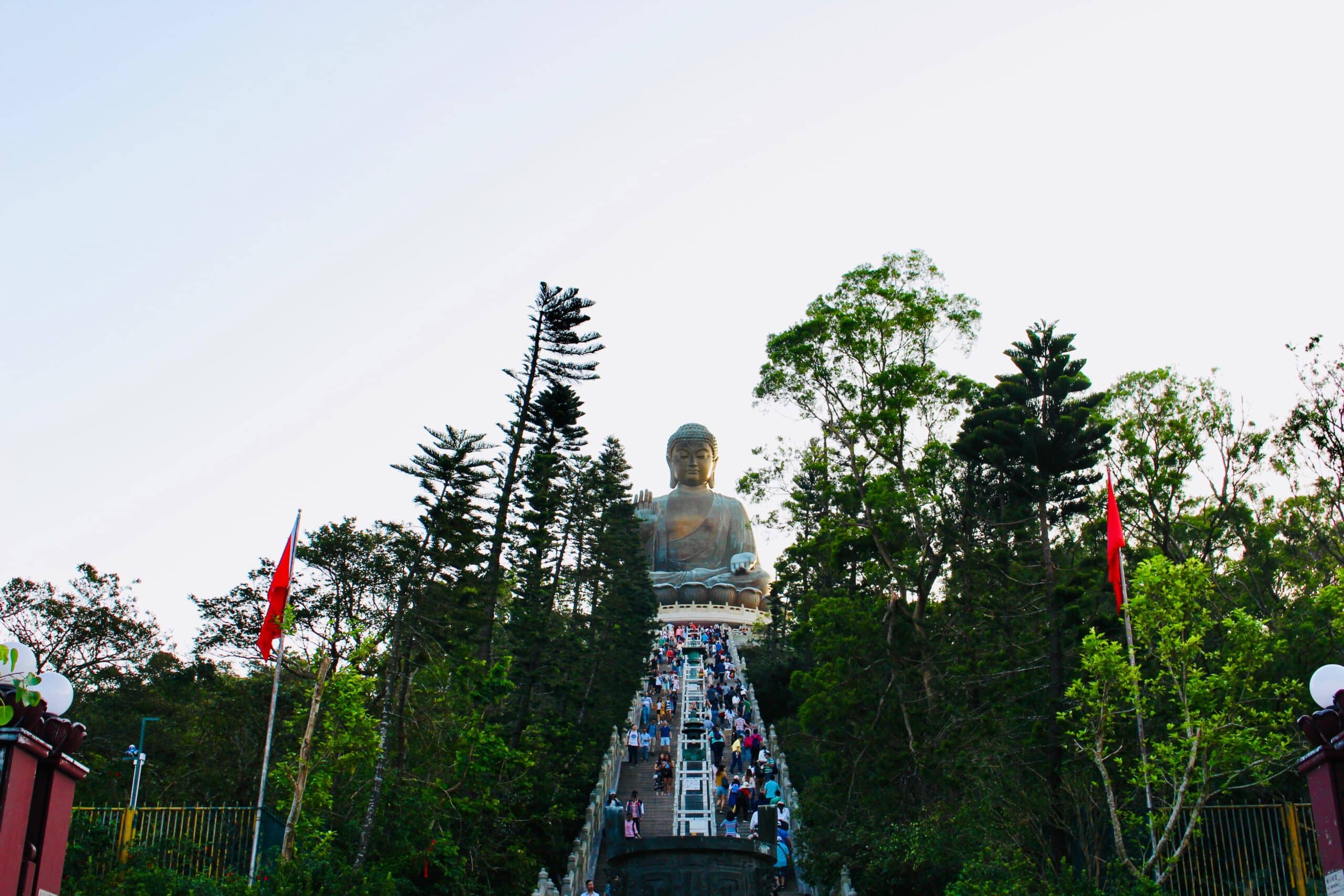
Tourists and souvenir stalls surround the Big Buddha
Why not visit the TEN THOUSAND Buddha Monastery instead?
On the other hand, the Ten Thousand Buddha Monastery is a true hidden gem. Nestled in the Po Fook Hill mountains in Sha Tin, this beautiful and compact space is quieter and more peaceful than other temples or the Big Buddha in Lantau.
Only a handful of visitors to Hong Kong choose to climb the 431 steep steps and admire the bright red pagoda above Sha Tin. In fact, the Ten Thousand Buddhas are older and more authentic than the Big Buddha. In addition to this, the complex is much cheaper and easier to reach, just a short hop from the city.
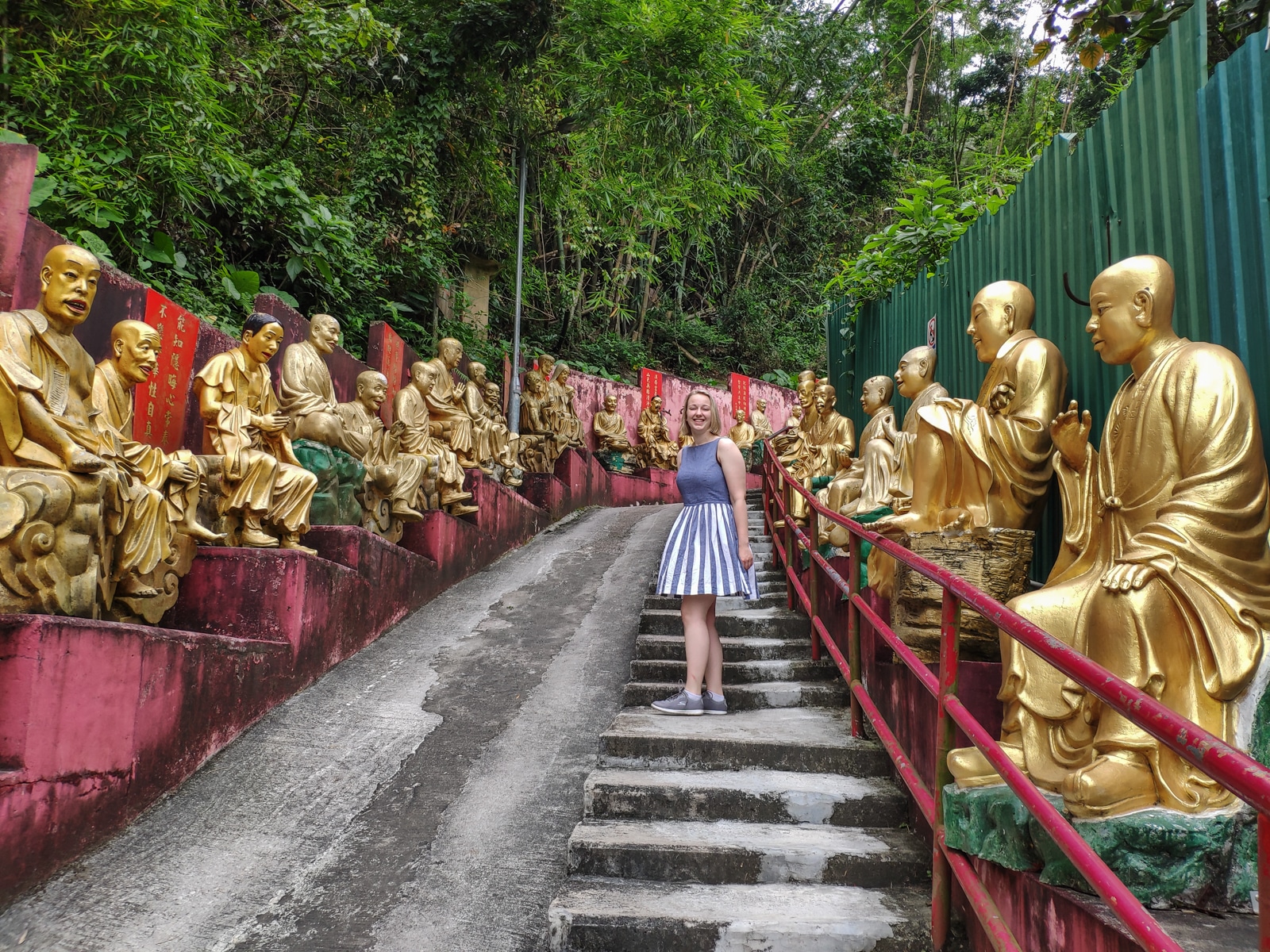
FUN FACT: It’s the red pagoda at Ten Thousand Buddha Monastery that features on the 100 HKD note!
But is the Big Buddha still worth it?
Yes, absolutely. It’s a great destination if you can look past the artifical parts and enjoy the beauty of the monastery and mountains. Just be aware of what to expect and try to avoid the crowds.
We recommend combining the visit with a hike on beautiful Lantau Island, a large national park with plenty of green space, fresh air, and empty beaches. For example, hike to the top of Lantau Peak (the highest point of the island). You can get a great aerial perspective of the Big Buddha before you descend and explore the complex.
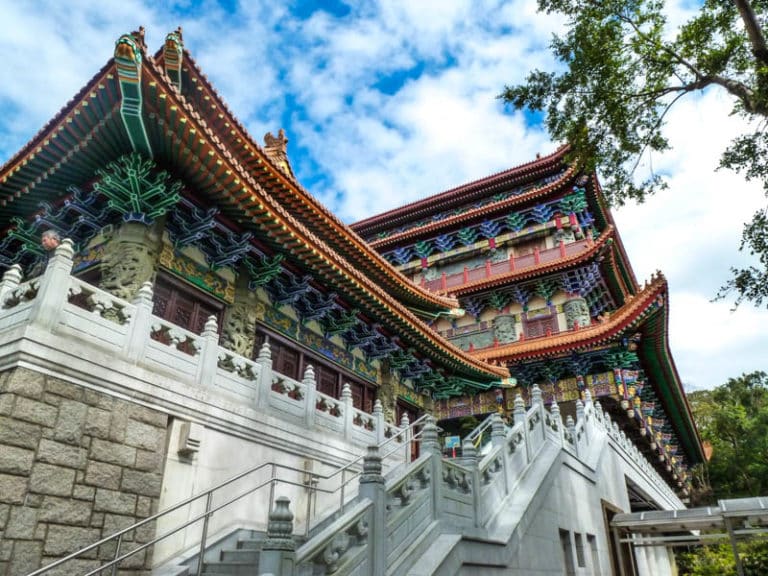
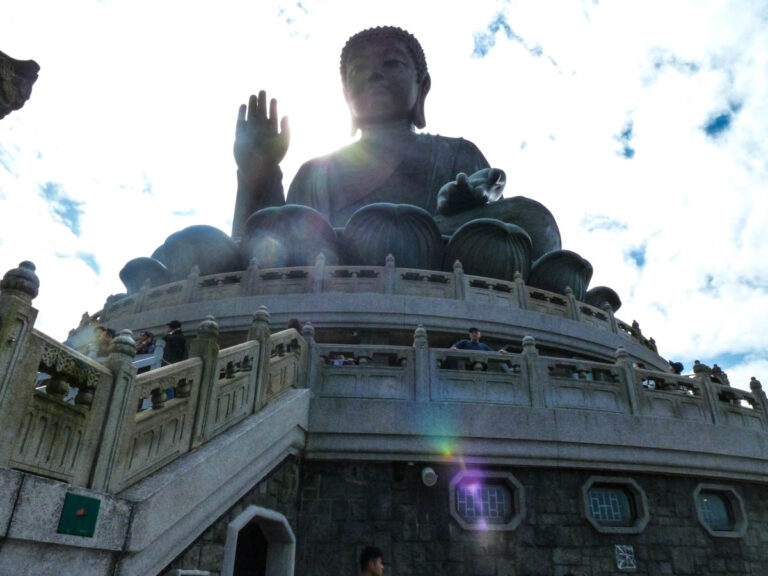
Directions to the Monasteries
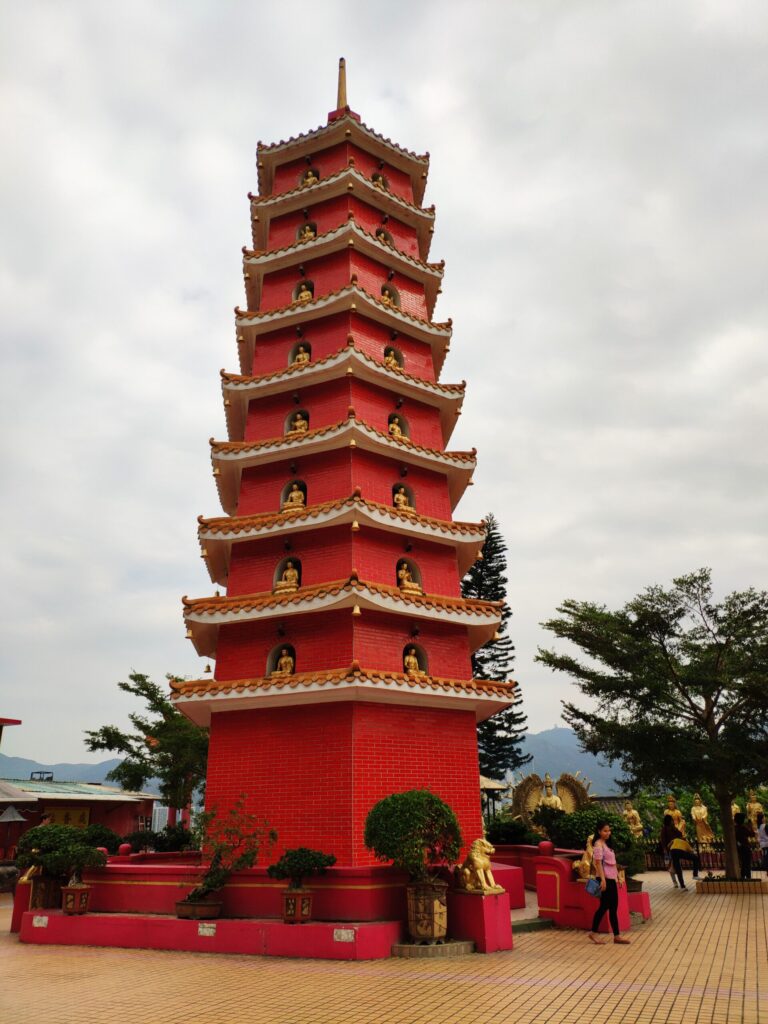
A short introduction to what3words
In this post you may see something like this: ///filled.count.soap
Don’t be confused! To aid you in this guide we are using what3words.
what3words is a really simple way to talk about location.
Every 3m square in the world is given unique 3 word address that will never change. These are as accurate as GPS coordinates.
Click on any of the what3words addresses in this post to be taken to a map detailing the exact point described. Use it to find your bus stop, trailhead or route. For easier access, download the what3words app (not sponsored, we just really love what they’re doing).
How to get to the Ten Thousand Buddha Monastery
Take the MTR to Sha Tin (on the East Rail Line, not Sha Tin Wai Station) and then it is a short 10-min walk past IKEA and Government Offices into Sheung Wo Che Road. At the end of the short road on the left is the beginning of a trail up to the monastery (///florists.tweezers.overruns).
Start climbing the steps up to the monastery complex. It’s a long climb, especially on a hot and humid day. But you’ll quickly be rewarded as the entire route is guarded by hundreds of life-size golden Buddha statues, each one uniquely carved with individual facial expressions and activities.
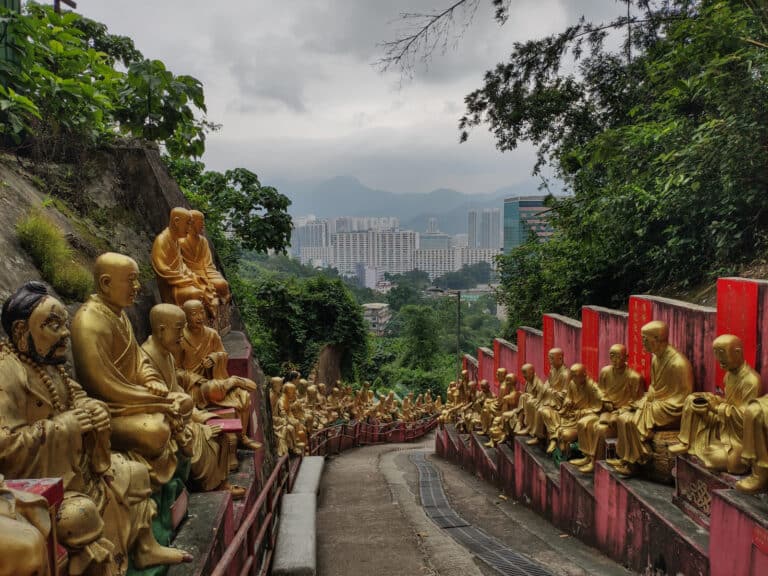
There are a few rest stops along the path with small benches so you can catch your breath or simply admire all the little details on each of the gilded statues. The walk takes about 15-20 minutes at a leisurely pace.
Once at the top you reach the first temple, a lavishly decorated red and gold building. This is the main temple and the hall is full of thousands of miniature Buddha statues covering every inch of the walls and displays. There is a 9-storey pagoda, which you can climb for a beautiful view over Sha Tin. If you ascend higher there are more temple halls and statues and even a small spring.
The entrance is free and there is a small shop next to the main temple hall selling incense sticks, water and snacks.
How to get to the Big Buddha
The Big Buddha is located in Ngong Ping Village on Lantau Island (///shampoo.passports.puppy).
Depending on your budget there are multiple ways to get there. First take the Tung Chung MTR line to the terminus, Tung Chung Station…
If you like beautiful views...
From Tung Chung Station, take the Ngong Ping 360 cable-car that brings you directly to the Buddha. This beautiful, 25 minute cable-car ride has stunning views over Lantau Island and mountains. A round trip costs 235 HKD, a single trip 160 HKD. We recommend arriving before 9am to miss the crowds, or to pre-book your ticket to avoid long queues.
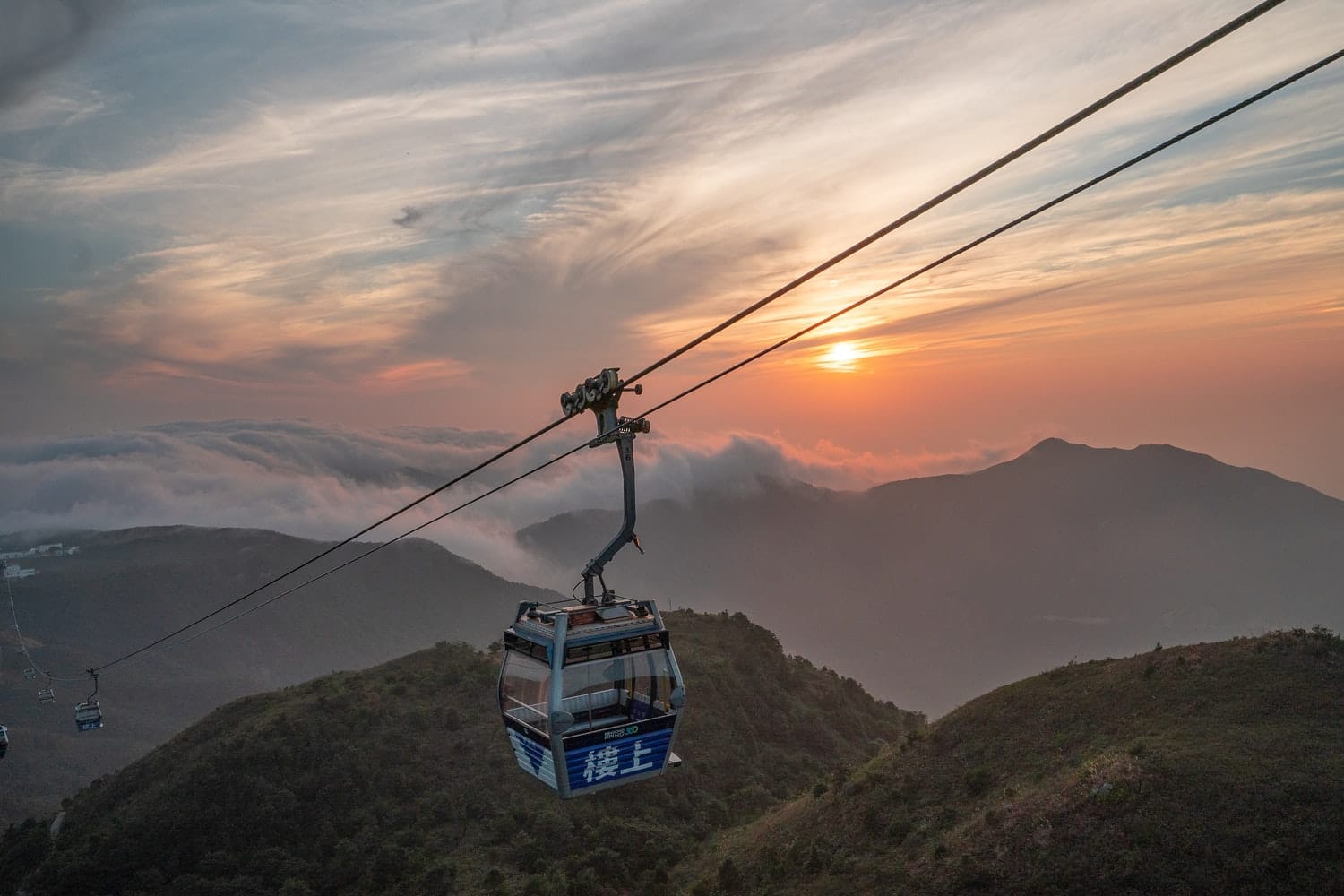
If you’re sticking to a budget...
Alternatively take Bus 23 from Tung Chung Bus Terminus to Ngong Ping. The charge is 25 HKD on the weekend and only 16 HKD on a weekday. The journey is almost double the length of the cable-car, but the bus is air-conditioned and the winding roads offer spectacular views.
If you enjoy being in nature...
Why not combine your visit with a hike on Lantau Island? Take Bus 23 to Pak Kung Au and hike via the Lantau Peak to the Buddha. Click here for directions and a free downloadable map.

If you want to make it a whole-day activity...
The perfect day trip from central Hong Kong, take a ferry from the Central Piers to Mui Wo on Lantau Island. Mui Wo is a friendly beach settlement with a beautiful beach and restaurants. There is no direct bus connection to the Buddha from Mui Wo, but when you are with friends or family, it’s worth sharing a taxi (around 180 HKD). Taxis in Hong Kong are very cheap and the blue Lantau taxis have an even lower standard fare than the urban red taxis.
Disclaimer: The information and advice provided in this blog are the author’s opinions and based on their personal experiences. All information was accurate at the time of writing. However, things can change quickly, so always double-check current conditions and guidelines before setting out. Remember, your travels and safety are your own responsibility, and this blog can not be held responsible for anything that might happen on your adventures! Always exercise caution and good judgment. Oh, and don’t forget to get travel insurance! Happy travels!
This post may contain affiliate links (yay for transparency!) This means that I will earn a small commission, at no additional cost to you, if you click the link and choose to buy the product. I only link to stuff I have personally bought and found useful and never endorse crap. Your support helps keep the site going, thank you!
Marius
Marius is a German national recently returned to Europe from 2 years in Hong Kong. He's an expert on all things Asia and loves green tea and good hikes.
You May Also Like

Central America VS Southeast Asia: Where should YOU go backpacking?
June 15, 2024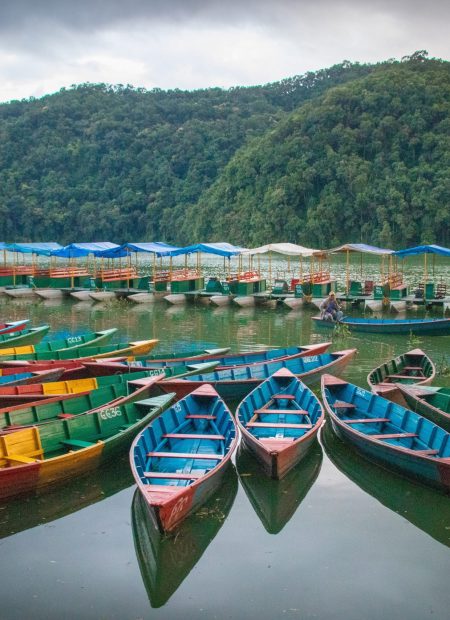
The Ultimate Pokhara Green City Guide for Eco-Travellers [2023]
March 22, 2023